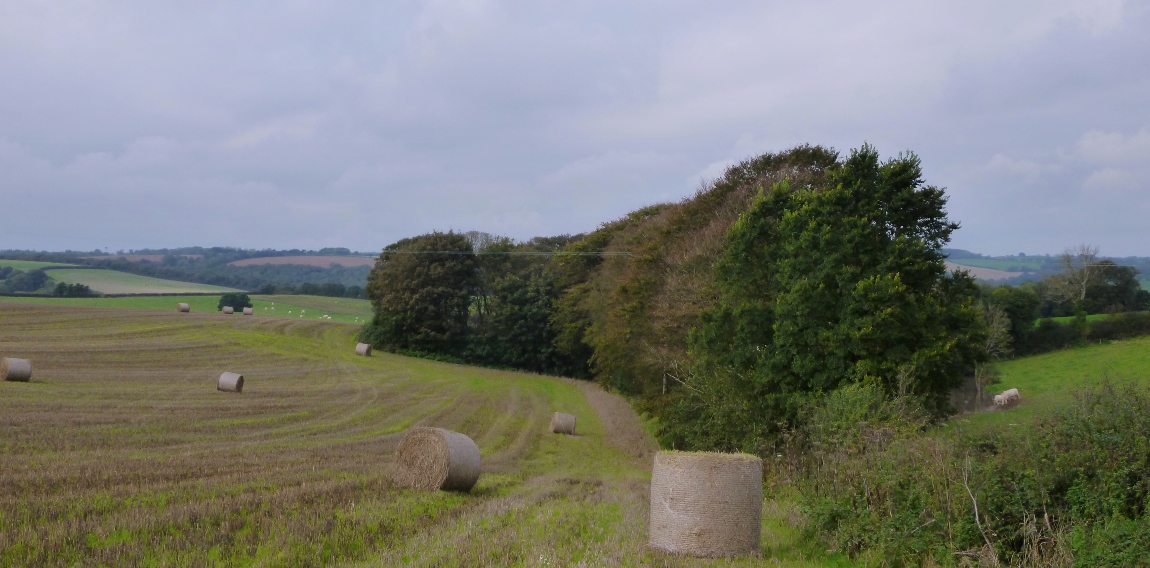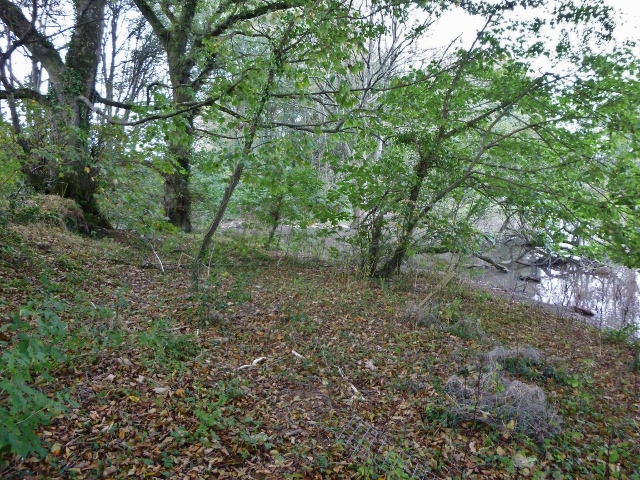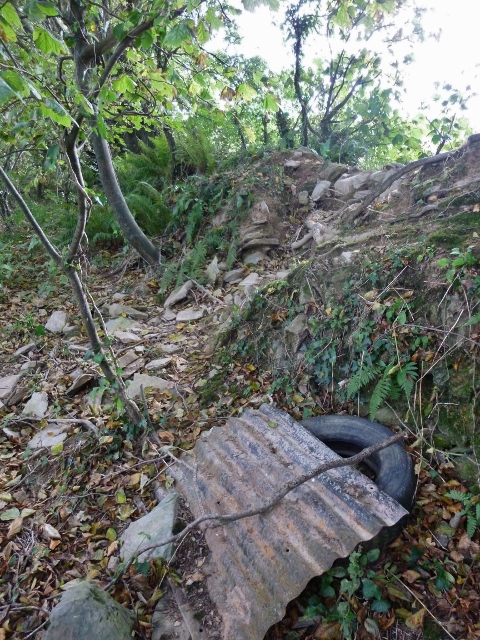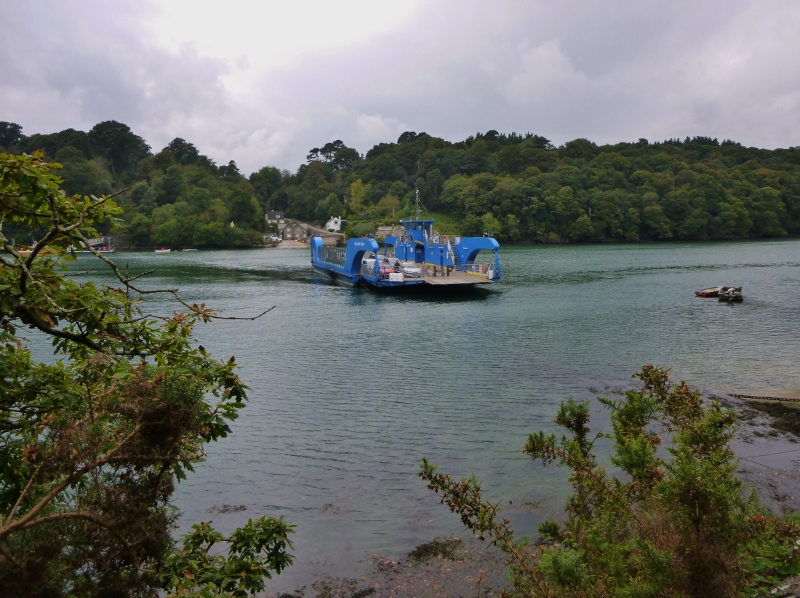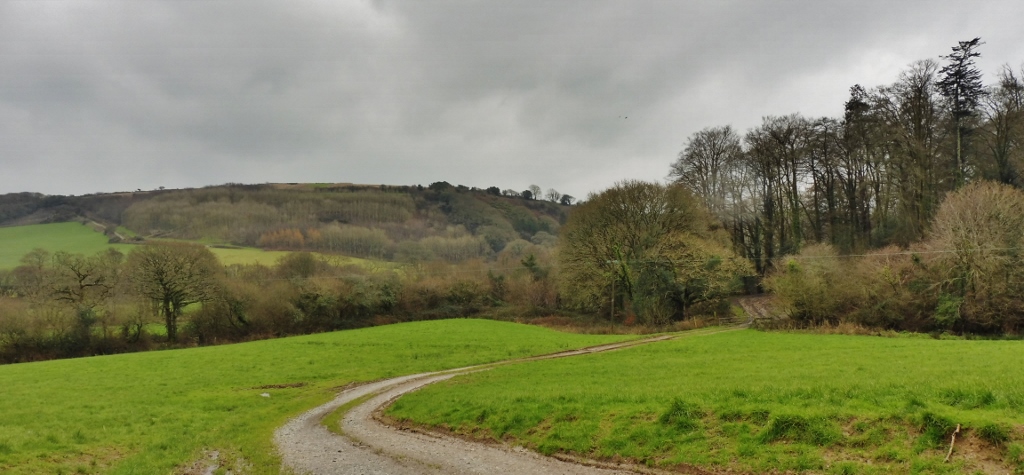Philleigh is a village on the Roseland Peninsular near the River Fal.
| Name | Occupation | Posted from | Until |
|---|---|---|---|
| Sergeant Richard John Dingle | Farmer |
31 May 1940 | 03 Dec 1944 |
| Corporal William John Carbis | Horseman |
26 Jun 1940 | 03 Dec 1944 |
| Private William Charles Leonard Dunn | Labourer |
26 Oct 1941 | 03 Dec 1944 |
| Private Richard Charles Harris | Horseman |
24 Jun 1940 | 03 Dec 1944 |
| Private James William Harris | Farmer |
04 Feb 1941 | 03 Dec 1944 |
| Private Frederick John Harris | Smallholder |
30 Jun 1940 | 03 Dec 1944 |
| Private Joseph Wesley Miners | Labourer for Council |
26 Jun 1940 | 03 Dec 1944 |
| Private Peter Rundle | Farmer |
24 Jun 1940 | 03 Dec 1944 |
| Private Harry Rundle | Farmer |
24 Jun 1940 | 03 Dec 1944 |
| Private Robert G. Tall | Gardener |
26 Jun 1940 | 03 Dec 1944 |
The Operational base was located in a small copse surrounded by farmland on Trenestral Farm between the villages of Ruan High Lanes and Philleigh. The base was destroyed and the imprint filled in after the war. A pond has now been created in the area.
Philleigh Patrol
The road through the village leads to the King Harry Ferry where there has been a ferry across the Fal since medieval times. This was the old coach road between London and Penzance. Targeting this would have resulted in a long detour around the Fal Estuary.
Like Stoke Gabriel Patrol in Devon, which was near to the River Dart, Philleigh Patrol was close to the strategically important River Fal. Any moored vessels would have been a target.
Philleigh trained with the nearby Patrols of Probus and Grampound at Porthpean under the command of Captain Robert Williams who is remembered as a tall, dark, thin man full of life at enthusiasm.
They also had shooting competitions at the rifle range built by the Probus Patrol at Pomeroy Wood near Golden Mill. Corporal John Carbis was known to have gone to Coleshill.
It is assumed they were issued with the standard weapons and equipment.
The Patrol requested, and were given, an inflatable dingy and limpet mines for use on vessels in the River Fal. The Cornwall Intelligence Officer, Captain John Dingley, was aware that some Patrols had limpet mines but it is unclear if he sourced them from official Auxiliary Units supplies.
Interestingly Captain Gerry Holdsworth, an old colleague of Auxiliary Units founder Major Gubbins from his time in Section D and later in Special Operations Executive, had set up a SOE headquarters in “Ridifarne” by the nearby Helford River.
Again Stoke Gabriel Patrol in Devon were suspected to have access to limpet mines and again the nearby River Dart had an SOE presence.
In July 2006 a mechanical digger unearthed a number of hand grenades hidden in a hedge near Ruan High Lanes. The farmer suffered minor chemical burns when he also discovered some “canisters of an unknown substance”. Destroyed by bomb disposal experts, this hoard could have originated with the Patrol.
A Second World War bombing decoy site was located at the nearby Nare Head. It was built as part of the 'N-series' of naval decoys to deflect enemy bombing from Royal Navy installations in Falmouth. This site functioned as both a 'Starfish' and 'QL' decoy.
The 'Starfish' decoy operated by lighting a series of controlled fires during an air raid to replicate a military or urban area targeted by bombs. The 'QL' decoy featured muted lights set out to reconstruct the railway at Falmouth Docks.
The nearby Tunaware Point and Tolverne were embarkation points for US services for D-Day.
TNA ref WO199/3391
Hancock data held at B.R.A
Alwyn Harvey's research for Defence of Britain database
“South West Secret Agents” by Laura Quigley
